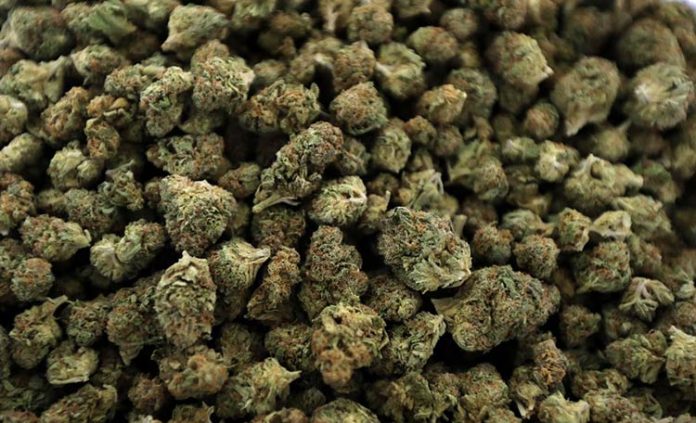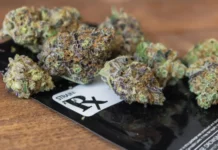In bygone days, when social change and the evolution of medical care moved at a more leisurely pace, medical education did the same. Those days are over, but medical schools don’t seem to have acknowledged that fact. Training new doctors in today’s rapidly evolving social, political, and medical climates demands a faster rate of curricular change than ever before, and our medical schools are falling behind.
As medical students who study the social and political systems that affect health care, it is clear to us that medical school curricula tend to give short shrift to socially relevant topics that are vitally important to our futures as practicing physicians.
Take nutrition. In preclinical coursework, medical students learn in detail about obesity, diabetes, and the immense role diet plays in health and disease. But we receive little, if any, education on nutrition. A 2015 survey found that three-quarters of medical schools fail to provide the recommended minimum number of hours of nutrition education and less than half teach any nutrition at all in clinical practice.
Gun violence is another example. In the wake of recent mass shootings, the medical community has repeatedly called for gun violence to be treated as a public health crisis. Medical students assemble in their white coats for protests and attend marches, purporting to represent the medical perspective on this pressing political issue. Yet our academic institutions rarely provide guidance to physicians-in-training about firearm safety or firearm injury prevention, resulting in missed opportunities to improve patient and population health.
How to properly assess and treat chronic pain is another essential skill that has become increasingly important over the past decade but is inadequately taught in U.S. medical schools. A separate but related issue, the use of medical marijuana, provides a good case study of medical schools failing to keep pace.
Eight states and the District of Columbia have legalized marijuana for recreational and medical use. Another 22 states allow residents to use medical marijuana under certain circumstances, and many require a medical recommendation from a physician. Yet the majority of physicians-in-training are not being prepared to have informed conversations with their patients about medical marijuana, let alone recommend it as a treatment. This mismatch is striking, reflecting a failure on the part of medical schools to adapt to changing laws and a changing culture around marijuana.
In a study published last fall, researchers found that fewer than 1 in 10 medical schools included medical marijuana in their curricula. Two-thirds of medical school deans reported that their graduates “were not at all prepared to prescribe medical marijuana,” and a quarter reported that their graduates “were not at all prepared to answer questions about medical marijuana.”
Even more worrisome, the survey demonstrated that almost 90 percent of physicians in the final stages of their training — residents and fellows — felt they weren’t at all prepared to prescribe medical marijuana, and more than one-third felt they were not able to accurately answer questions about it. Almost 85 percent reported receiving no education about medical marijuana during medical school or residency.
Medical schools may be wary about wading into such a controversial and politically charged issue. But they don’t need to take a stand on medical marijuana to communicate what is known about it. We realize that politics and the law may be outpacing medical consensus here, but we are preparing to take care of patients in the real world, where politics and the law affect medicine.
Given that medical marijuana is now a therapeutic option in many states, and that some of our patients will request it, we need to be informed enough to guide our patients in an evidence-based manner and discern which ones might benefit from medical marijuana.
Beyond the obligation to adequately prepare their students, medical schools should also include medical marijuana in the curriculum as a public health imperative. The provision of medical marijuana has been associated with fewer opioid prescriptions, less opioid-related substance abuse, and fewer opioid overdose deaths. While there are many ways to explain these findings, a key point is that relative to opioids, marijuana offers a lower risk of addiction and virtually no risk of overdose, but is still effective in treating pain. Medical marijuana may be an underutilized tool to fight the opioid crisis, and medical schools can help us apply it.
The most recent research showing that increased access to marijuana can reduce the use of opioid prescribing, and thereby reduce the risk of opioid use disorder, only adds to the urgency with which we need to be educated on this topic.
Ongoing controversy about the dangers of marijuana in certain populations, such as adolescents, makes education on the topic even more essential. We need to understand when medical marijuana and other cannabis-based treatment options are indicated and, in contrast, when the risks may outweigh the benefits.
Information about medical marijuana is especially important for students like us training in states where it is legal and the opioid epidemic is rampant. If we decide to stay in Massachusetts after medical school and practice medicine here, we would be better doctors for our patients if we were taught more about medical marijuana.
If medical schools continue to lag behind on marijuana education, the physicians they graduate will be ill-prepared when their patients ask about using it. But if medical schools commit to supplementing preclinical and clinical coursework with lectures or discussions on medical marijuana — communicating what is known, what isn’t, and where we fit in as physicians — they will prepare us to seize often-missed opportunities to better serve our patients.
The same holds true for nutrition, firearm safety, chronic pain, and a host of other issues. Better coverage of these topics in medical schools’ curricula would improve budding doctors’ ability to care for our patients and improve the health of the communities in which we practice.
Months-long classes aren’t needed. As medical education increasingly embraces case-based learning, opportunities abound for teaching these topics in powerful ways. For instance, faculty members could hold interactive demonstrations of how a physician might navigate a situation in which a patient presents with chronic lower back pain and asks about medical marijuana, walking us through the evaluation, decision-making, and follow-up steps.
Medical education doesn’t always keep pace. But it’s never too late to catch up.














